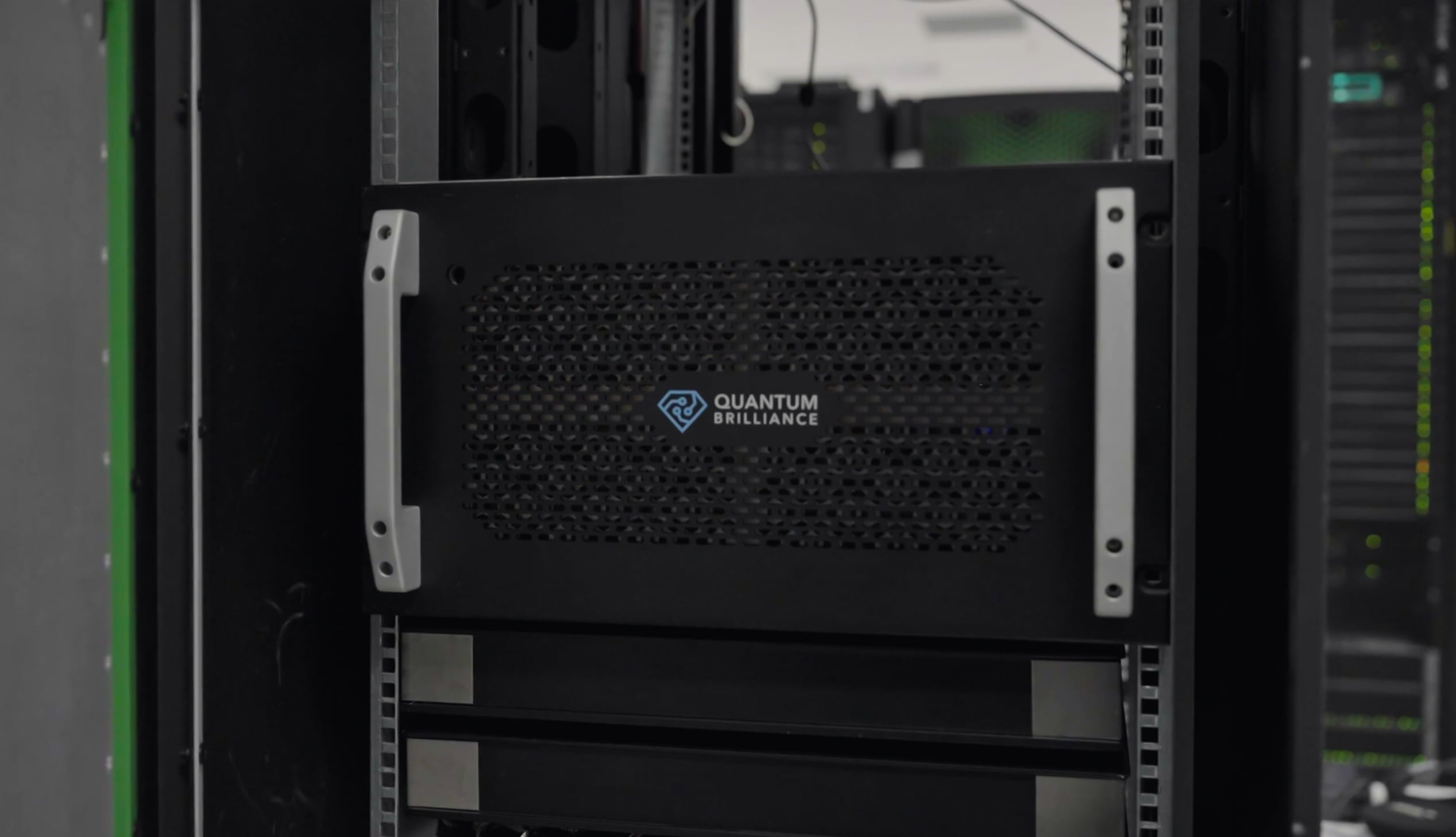Quantum Brilliance has launched a publicly available software development tool that enables researchers to deploy miniaturised quantum computers alongside classical computers.
Called Qristal, the open-source software development kit (SDK) builds on another kit previously only available internally and to specific users.
The firm has also announced the release of the Qristal Emulator, which will allow researchers to test their quantum computing programs without the need to access a quantum computer, though unlike Qristal, the tool is not open source.
Quantum Brilliance builds miniaturised quantum computers based on synthetic diamonds which can be installed on and used in parallel with classical computers without the need for temperature adjusting infrastructure.

While researchers are able to test their programs using the built-in simulators in the Qristal SDK, other information such as the noise model or how specific Quantum Brilliance hardware behave requires the Qristal Emulator. The emulator has been optimised for NVIDIA graphics cards.
Quantum Brilliance chief financial officer George Robinson said the Qristal tools will enable businesses across diverse sectors to develop use cases for quantum computing, helping to satisfy their “quantum curiosity”.
“We’ve been in Singapore and walked potential customers through Qristal with very good reasons, because what it does is it bridges the gap in time between creating commercial use cases and actual delivery of hardware,” Mr Robinson told InnovationAus.com.
“We talk to logistics companies, we talk to pharmaceutical companies, we talk to space and engineering companies, manufacturing companies, autonomous vehicle manufacturers, anybody who needs to solve something complicated.
Quantum Brilliance head of software and applications Dr Florian Preis says using the emulator will allow firms to compare the performance of classical computers with hybrid classical/quantum systems of similar size, weight, power, and cost.
“As soon as you outperform a similar device, then you have a commercial advantage, therefore you should then switch to the quantum accelerator,” Dr Preis said.
The emulator and SDK precursor to Qristal has been used at the Pawsey Supercomputing Centre where Quantum Brilliance first installed its quantum accelerator in mid-2022.
Qristal is fully integrated with the features of the coding language C++ and NVIDIA’s parallel computing platform CUDA.
Using C++ allows the use of production ready software “where you can leverage all the features in high performance computing. You want to do parallelisation, you want to do GPU offload, you want to do workflow orchestration across a hybrid landscape of computing devices”, Dr Preis added.
Qristal SDK and Qristal Emulator are currently in open Beta with wider availability expected in Q2 2023. Quantum Brilliance has invited interested software developers and enthusiasts to join its public GitLab repository.
Quantum Brilliance recently closed another funding round, which included an $8 million investment from Breakthrough Victoria.
Do you know more? Contact James Riley via Email.

